
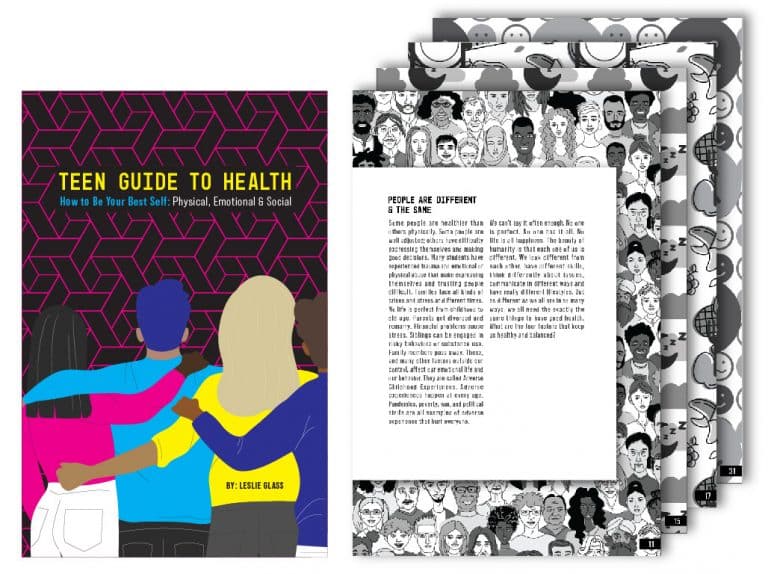
Teen Guide To Health, By Leslie Glass, is now updated for 2022 with new content from NIDA, NAMI, and NIH. The easy roadmap for healthy living is the resource used for the Rotary Club Of Sarasota Bay’s Teen Mental Initiative, the High School Art/Media Contest with $8000 in Scholarships for best positive mental health messaging by and for teens.
Presented to Rotary Teens and afterschool programs.
Teens all over the world can now access a Teen Guide To Health that is relatable and super easy to understand. It’s the basics simplified for all ages: What components are needed to make and keep people healthy? No matter where you live or who you are, you will struggle with aspects of physical, emotional and social health at some point in your life. We all do. Knowing the basics empowers your teens to make healthy lifestyle choices and to feel safe asking for help when they’re hurting.
Good health is a stool with three legs, and we need them all to stay balanced. Only a small percentage of us, however, are doing everything we can for our physical health. Emotionally, we’re all insecure about something. And socially. Ahh, that is a big one. Can we listen and be respectful? Are we putting on a fake or real face? Who’s honest and who’s a manipulator? And then there is the question of our relationships with social media and our devices. What are we addicted to and how is it affecting all aspects of our health?
Here’s the good news. Once you have the foundation of good health, you have it forever. We created the Teen Guide To Health to bring all the health components together into a big picture. Our project began with a middle school science teacher who had successfully used the three pillars of health as a prevention curriculum for her class for more than a decade. Upon her retirement, her class ended.
We decided to turn the basic information into a book so everyone can access it whether they have a teacher or not. Who knew that a Pandemic was coming and teachers would not be available in any case? We worked on it for years, and now it’s finally available.
The book is short, only 144 pages long, and easy to understand. Here, teens at every level can find relatable information and come back to the sections that interest them. In the Teen Guide To Health there’s enough information to keep your teens safe emotionally and socially, but there’s no explicit substance information that could be harmful. The Teen Guide to Substances will be available separately, soon.
There is no national guide for teen health that US schools routinely use, and no guide that is used internationally. So we spent three years creating this generic tool that combines the three pillars of health with facts about the impact substances and alcohol have on the body and brain. We know teens don’t want lecturing. They just want to know more about themselves than they’re learning at school.
NIDA (National Institute of Drug Abuse) research shows that when children and teens understand what is dangerous, they are less likely to do it. Kids want to be healthy and are open to being healthy. It’s that simple. Teens want to understand what is happening to them emotionally and how to help themselves and others.
There are some essential secrets to good health that every teen needs to know. Did you know that a human brain is not fully developed until the age of 25? The longer experimentation with substances and alcohol is delayed the less likely young adults are to become addicted.
Few people know that females process alcohol at twice the speed of boys. That means girls get drunk quicker (often after just one drink) and stay drunk longer. It’s a biological fact that girls are at risk for accidents and assault when they drink two or more drinks.
When teens are taught that their brains can be damaged by experimenting with substance too soon, and that girls are at risk when they drink too much, they are empowered to make healthy choices. And NIDA says they do make these healthy choices.
The statistics from National Institute of Drug Abuse show that as of 2019 more than 50% of American teens did not use drugs or alcohol. That’s the silent majority. There are many reasons some kids do experiment, and others don’t. A worrying trend, however, is that marijuana use is on the rise with legalization in many states, and opioid addiction can occur quickly at any age.
The book is available in e-book form and in paperback.
https://reachoutrecovery.com/product/teen-guide-to-health/
7 Best Tips For A Relapse Prevention Plan


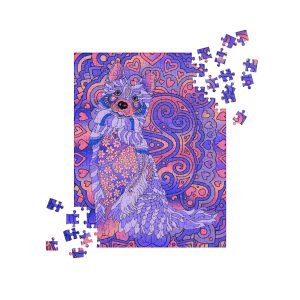


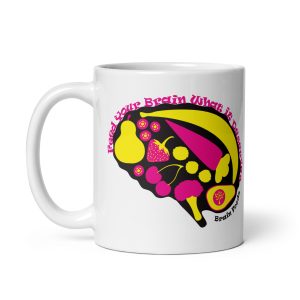

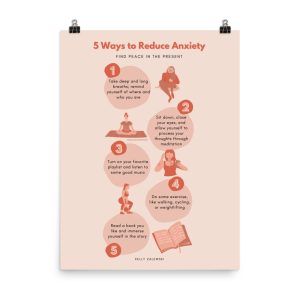
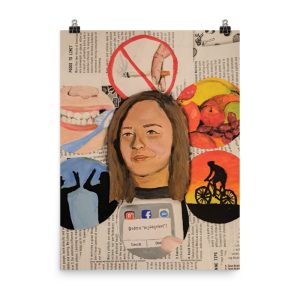
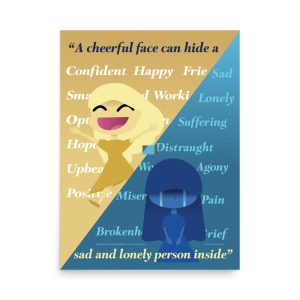
Copyright © 2023 Reach Out Recovery Services LLC | Terms and Conitions |. Site by Quadshot Digital